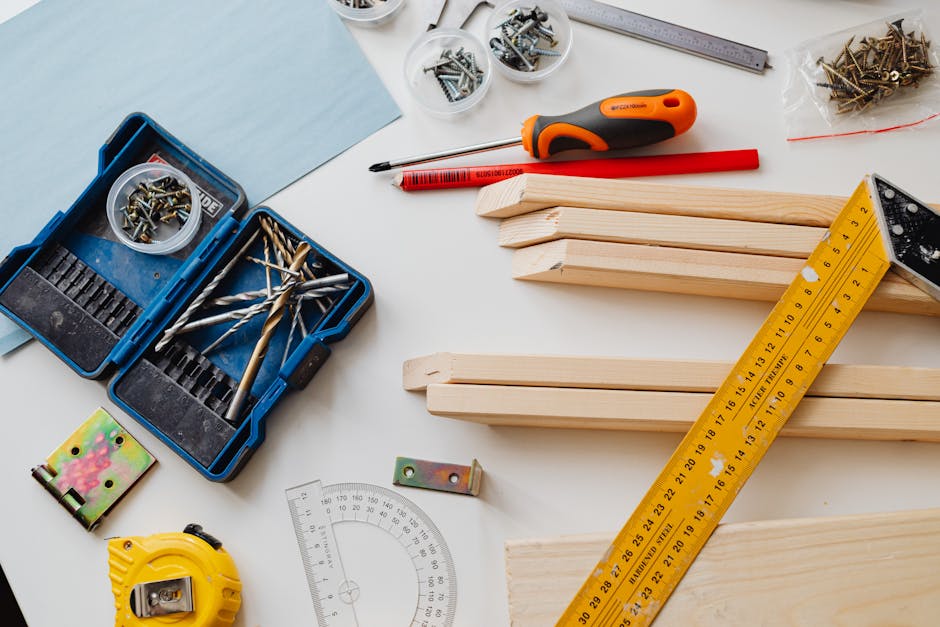[TAPPING] [MUSIC PLAYING] I'm always amazed
that you can tie so many things into something
as simple as this tree, and what it does. People don't do that anymore. And that's why it's
fascinating, is how do people, all by
themselves without Mr. Google to tell them, figure
out how to do that? So– There still aren't a lot,
lot of practitioners. But a lot of that is because the
art is just resource and time heavy. So the art of kapa
making involved the materials and
plants that people used to make clothing,
and blankets, and any kind of dressings,
and things that they used in their daily lives.
In Samoa, it's siapo. In Tonga, it's ngatu. In Fiji, it's masi. They had their own names for
the plants, the material. But you would find people
who didn't stop making it, who were still being
taught ancestrally, who knew the meanings
and the ancient meanings of the designs they were using. Whereas in Hawaii, we completely
stopped doing it by the 1900s.
The men in your family would
have to grow all the trees. The women in your
family would all be manufacturing the bark cloth. There would be other people
who were woodworkers, who would make the tools. So there was a lot of people
involved in kapa making. First, it starts with the trees. You've got to grow
good trees for that. And the tree we use
is paper mulberry. It's Broussonetia papyrifera. In Hawaii, we call it wauke.

You are trying to
grow it so that it has this really nice, clean bark
that doesn't have scars on it. And then you've got all the
tools that need to be made. That's a whole other
thing, because those woods that they used traditionally
are very specific. And because nowadays,
a lot of those woods are rare and endangered, we
have to use alternate woods that act the same way. When you go to the beach
to gather those stones, you don't just pick
them up and throw them in the trunk of the car. You've got to ask them
if they want to come, because now, they're going to
spend the rest of their life with this going on their back. So you have to– like all art, you have
to develop a relationship with your materials.
Whether you're carving stone,
whether you're painting, you have to still have this
sense of that Hawaiian way of gathering, of the purpose
of why you're doing it, of what's happening. Even in a modern
time, there's still a lot of traditional
culture that by necessity is a part of this art. [MUSIC PLAYING].

